With many of us currently unable to travel, online searches for Italian homes have increased.
While it’s a great idea to keep your dream of buying and restoring in Italy alive, there are some practical steps you can take to help you decide if a home goes on your ‘must visit’ list or is quickly discarded.
Stuck in the 70’s?
As any internet house-hunter will tell you, there are an abundance of Italian homes listed by estate agents that showcase what life was like during a time when varying shades of brown were the western world’s favourite colour, minimal power sockets were needed, and an entire family could be fed using a stove of only two gas rings.
That 1970’s and 80’s decor is not only about floor-to-ceiling tiles in an array of clashing colours, olive green bathroom suites with plastic accessories, or the ‘Swedish sauna’ look of tongue and groove cladding.
These schemes and furniture can also offer you much needed information about the home’s condition.
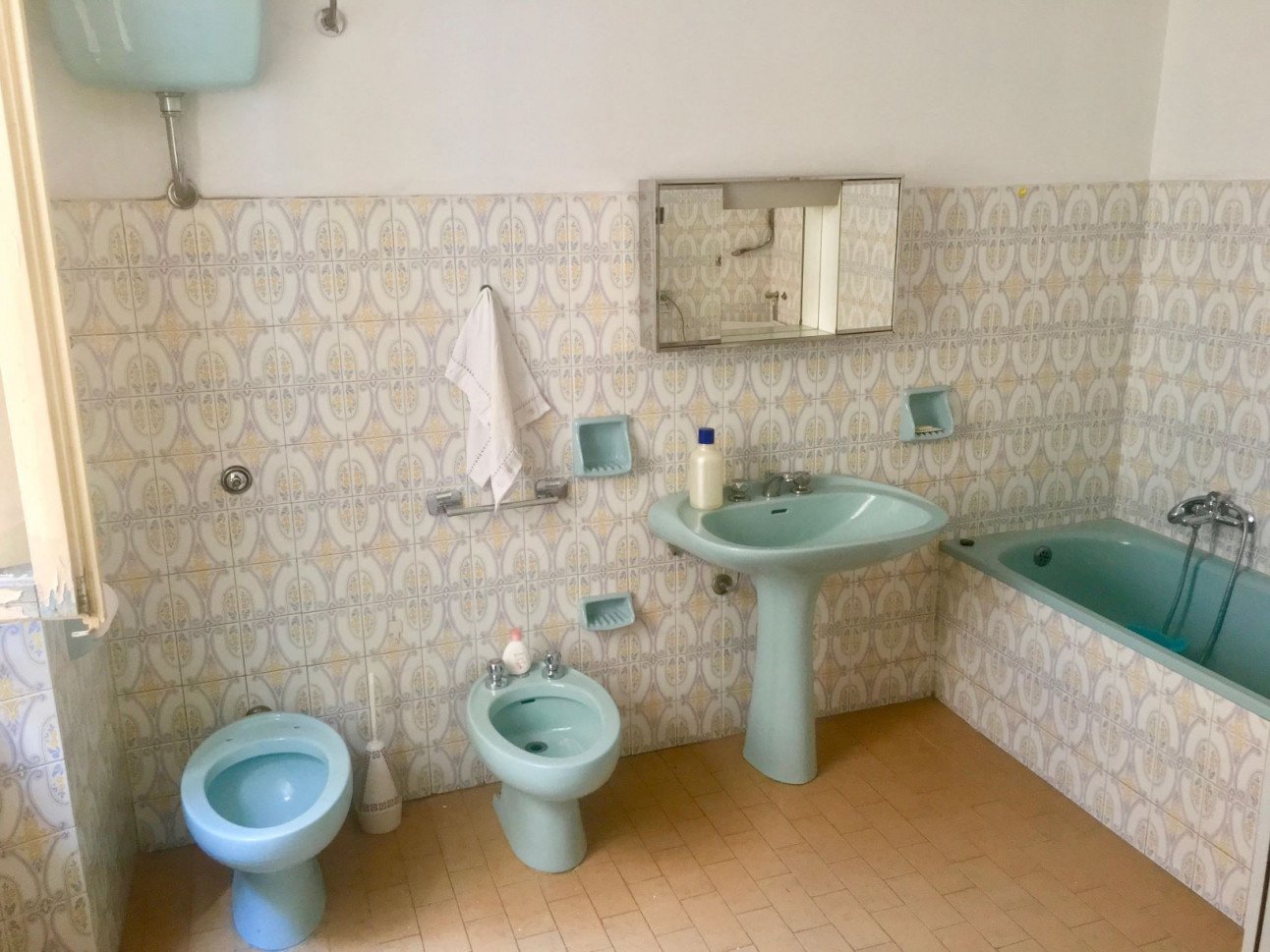
Retro bathroom suites are often a sign the home lacks modern plumbing. Photo: D&G design
Electricity systems have been advanced over the past few decades, so if your potential home is a tribute to an era gone by, expect the electrical system to be as well.
This can also go for the plumbing, which may need to be completely replaced to make it in line with modern-day standards.
Look beyond the clutter
Home staging? What home staging? While there is a trend in some of the larger, more cosmopolitan Italian cities to realise the importance of staging a home for sale, this doesn’t always apply to owners who may not have set foot in their own property for years and see it as nothing more than a storage unit.
Dusty wine jugs, dismantled beds, religious icons, and walls displaying a gallery of long gone relatives may be crammed into cobweb-ridden rooms, with neither the estate agent or the current owner having had the foresight to at least attempt a clean up before the photographer arrived, leaving the bemused viewer with a heap of clutter to look past before determining the size or condition of the room.
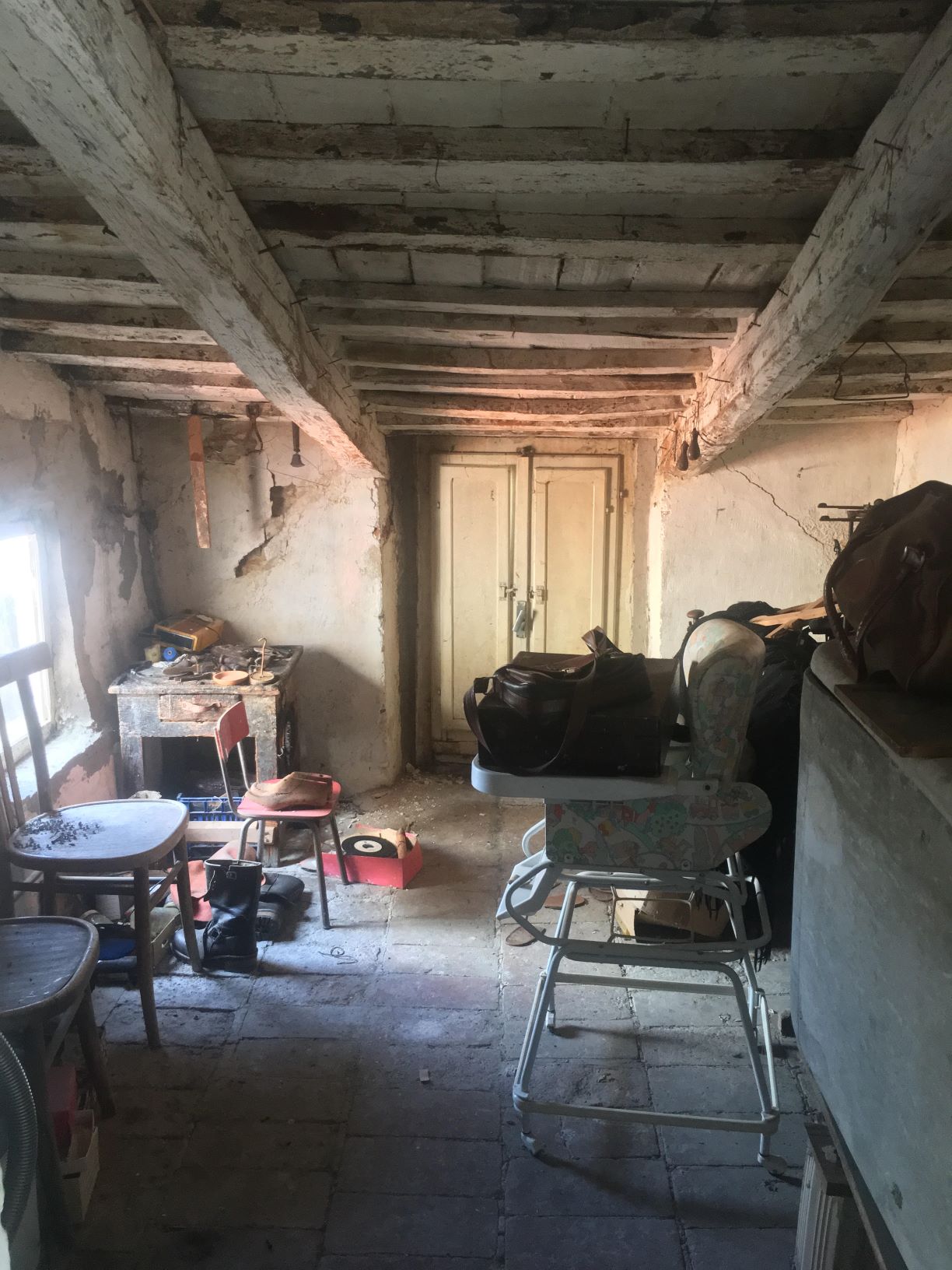
What will you find underneath? Photo: D&G Design
Are the walls hiding earthquake or settlement cracks? Can you see the floor? What’s going on beneath those old broken tiles? Does the plaster need removing to investigate the structural condition of the home?
It’s not always easy to answer any of these questions from a carefully taken photograph.
Who owns the roof?
Walking into a home with a potential client of ours, we were alarmed to see the floor of one of the bedrooms strewn with dead birds. Reminiscent of a seen from Hitchcock’s ‘The Birds,’ we ducked for cover as countless panicked pigeons flew head first into the closed window, desperate for a way out. Our client screamed, and we frantically fiddled with the window handle to set these kamikaze gulls free.
Quickly noticing that there was no fireplace or broken window from which our feathered friends could have entered, we had to determine that there must have been a hole in the roof. Photos of this room had shown no dead birds, (or live ones for that matter) and indeed no light pouring in from above, and it was only when our Ingeniere (structural engineer) assessed the property that he suggested the entire roof was in terrible condition and needed to be replaced.
MORE EXPERT ADVICE:
Look closely at exterior images of the house, and try to zoom in on the roof. If no mention of the condition of it is made in the property description, ask the seller when it was last repaired or replaced.
The floor plans of terraced homes in historic centres are not always built in symmetry, rooms above one property can belong to the house next door, and vice versa. It is therefore not always clear as to who is responsible for any repairs needed to that portion of the roof.
Look at external images for the differences in window shutters to determine which rooms belong to which house. (Each home will usually have its own style and colour of shutter). Compare this with the floor plan. If the address is listed, zoom into Google Street View for a clearer picture of all sides of the house.
Abusive structures
A recent client of ours wanted an unsightly building on their roof terrace completely removed. Its low roof acted as shelter from the sun, but was made in asbestos and due to its proximity from the door, you had to be the height of a child to stand beneath it without damaging your back.
When checking with the local council, our Ingeniere discovered that the structure had been built illegally and any fine imposed by the local authority would be passed to the new owner. The estate agent our clients had purchased from had made no mention of this, and no pre-purchase survey had been carried out.
Furthermore, special permission had to be granted to remove the structure’s roof as its materials were toxic.
Ensure that all parts of the building are checked thoroughly. Was that extension built legally? Have any internal walls been knocked down or built? Was relevant permission obtained before previous works were carried out?
Local town halls keep a copy of the floor plan of all homes within their jurisdiction, and these have to match the actual properties.
Permission granted?
As mentioned above, there are rules around renovations and even what you do to the facade of your home that must be adhered to. That photo of a beautiful historic home in a centro storico (historic centre) looks appealing, but any works that you do to it will probably need to be approved by the local commune, many of which publish detailed guidelines on their websites.
From the colour and style of window shutters and rendered exterior walls, to whether or not you can create a rooftop terrace or add a balcony, you will need to investigate their requirements, particularly if the home is historical or in a conservation area.

Wall decor in older Italian properties is often a tribute to the past. Photo: D&G Design
Rules and guidelines change frequently, so just because the house next door added a roof terrace years ago, it doesn’t necessarily mean you will be granted one now.
Permissions are not only exclusive to period homes; they may also apply to a country home or new build as well.
Earthquake evidence
It is true that there are bargains to be had in Italy, with some owners offloading an inherited home that they will never live in and is costing them a small fortune in property taxes.
But it’s also true that some of these bargains have been derelict for years and now require work to bring them up to a liveable standard.
Has a house had anti seismic work done? Unless it’s in Sardinia, the only part of the country without a fault line running through it, the chances are it will need some. Look for cracks in the walls and ask the seller what caused them, as well as if the property has ever had anti seismic works carried out.
A good estate agent will have made these checks before the property is listed. A good notary or solicitor will investigate these on your behalf before the sale goes through. But a good Ingeniere will check the facts before you commit to buying, enabling you to rule out any potential money-pits before you get to even the viewing or buying stages.

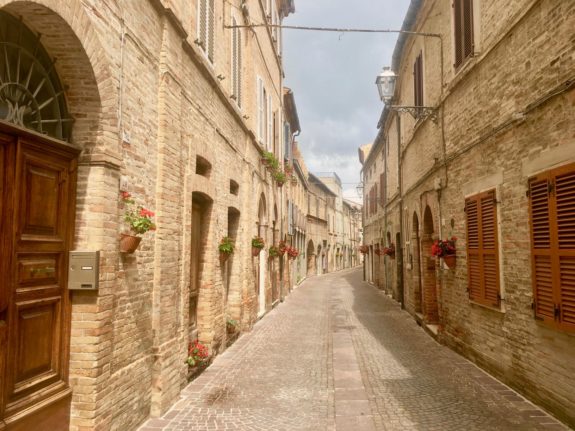
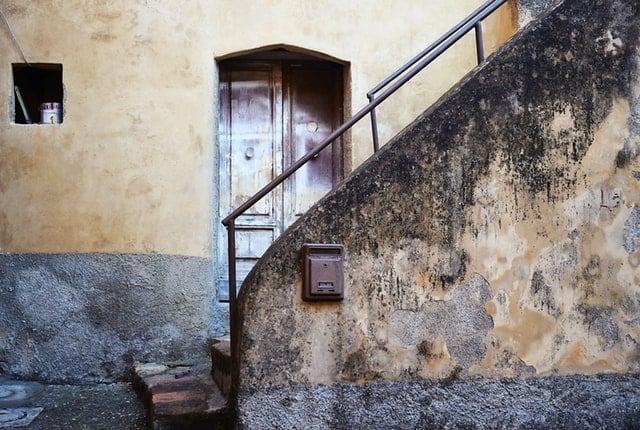
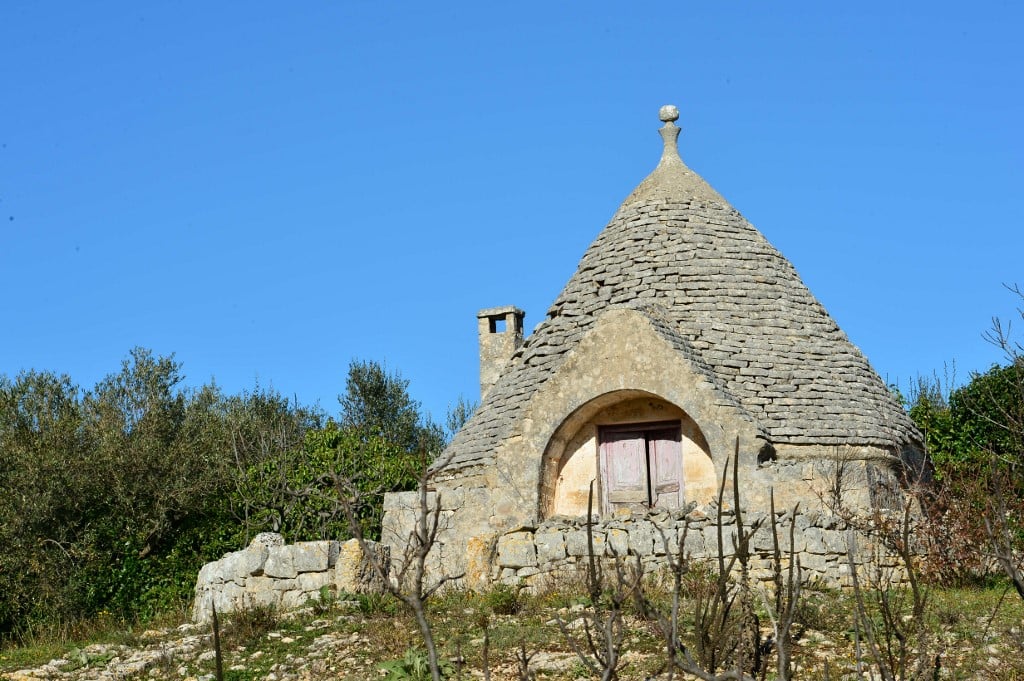
 Please whitelist us to continue reading.
Please whitelist us to continue reading.
We are looking at a particular property in Abruzzo. Where can we find an ingeniere to do a structural survey and how much does this service cost? Thank you! Mark and Mona Johnson